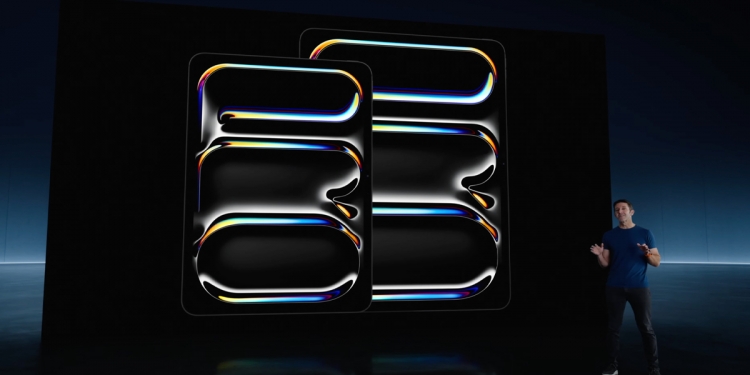The new iPad Pro is finally here and Apple certainly pulled out all the stops to give it one of the biggest upgrades yet. Not only is it getting a performance bump under the hood thanks to the brand new Apple M4 chip, but it also finally gets an OLED display. However, this also means that the new iPad Pro will cost quite a bit more than before.
Ultra Retina XDR display
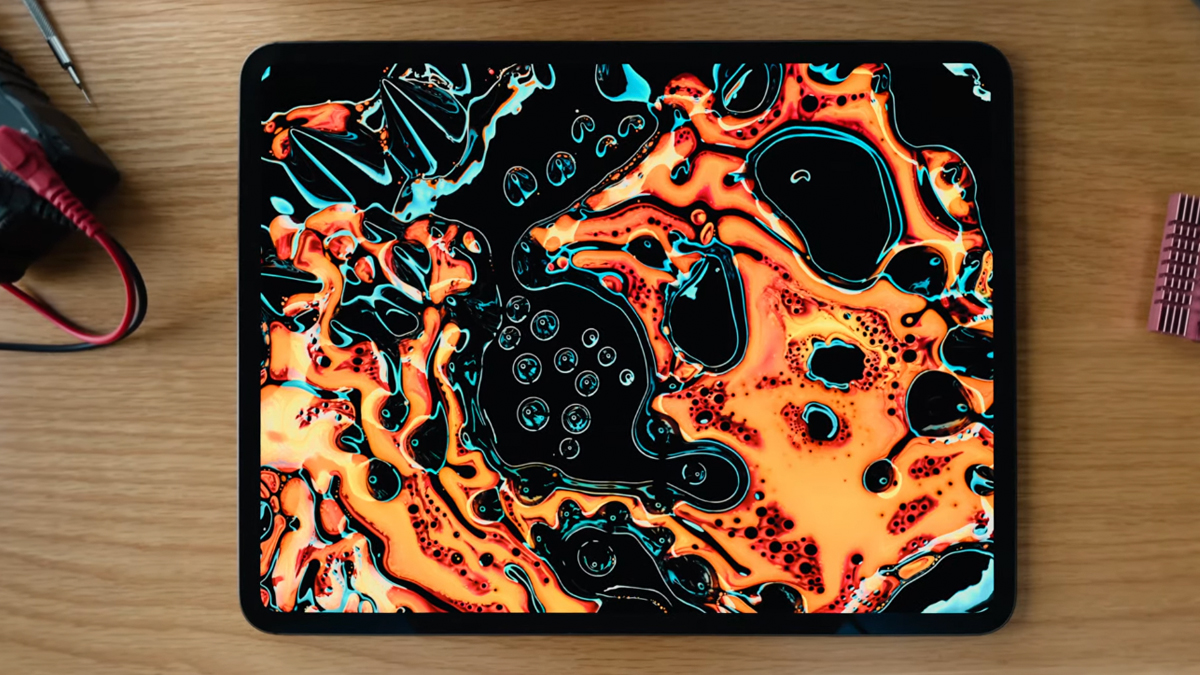
With the new iPad Pro, Apple is introducing the Ultra Retina XDR display, built with what they’re calling a Tandem OLED panel. It is effectively two OLED panels stacked onto each other allowing it to reach the same 1,000nits peak brightness of the MiniLED display it replaces, with a peak HDR brightness of 1,600nits. Tandem OLED also allows for sub-millisecond control over colour and brightness on each pixel for the best XDR precision yet.

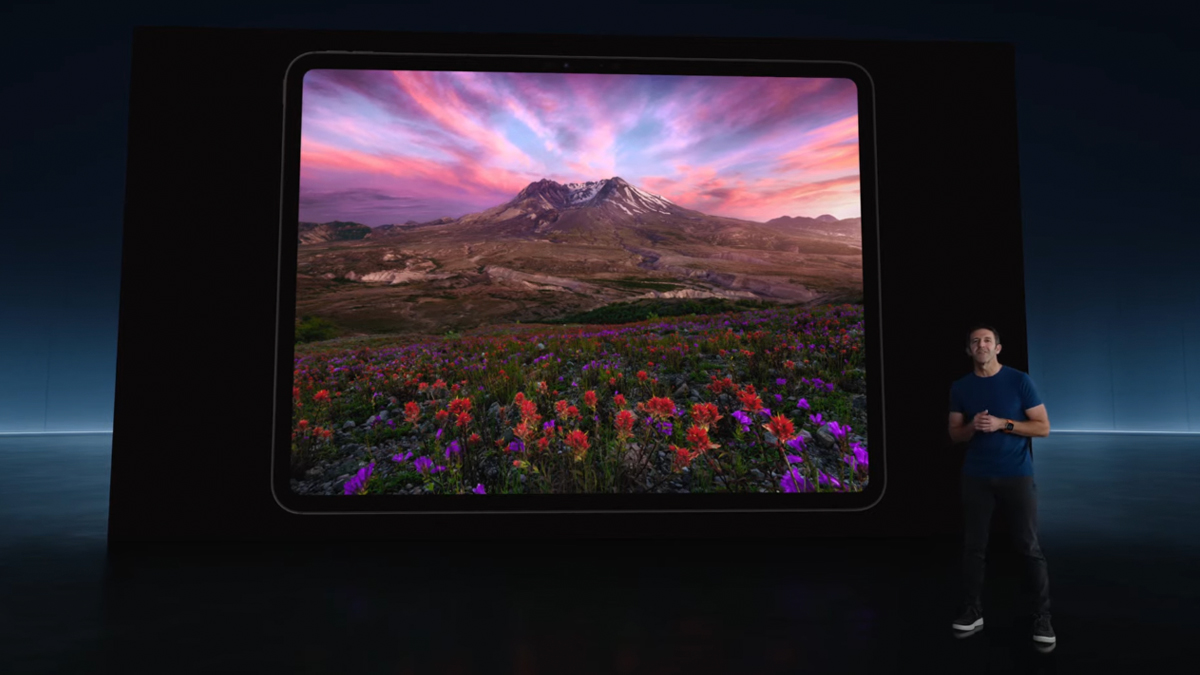
For the smaller iPad Pro, its 11-inch Ultra Retina XDR display has a 2420 x 1668p resolution while the larger 13-inch tablet pushes a 2752 x 2064p resolution; both iPad Pro sizes have the same 264PPI pixel density. It comes with the same support for up to 120Hz ProMotion technology as before, along with DCI-P3 coverage, True Tone and Apple Pencil hover support. The more expensive 1TB and 2TB models will also come with options for a nano-texture glass finish instead of standard glass.
Apple M4 debuts

Perhaps rather surprisingly, Apple is skipping over the still relatively new M3 chip in favour of the new Apple M4 chip that is debuting for the first time on one of their tablets. Build on a second generation 3nm process, the M4 comes with a brand new display engine purpose built to power that tandem OLED display and support the Ultra Retina XDR display’s brightness uniformity and colour accuracy, which is likely why Cupertino skipped the M3 in the first place.
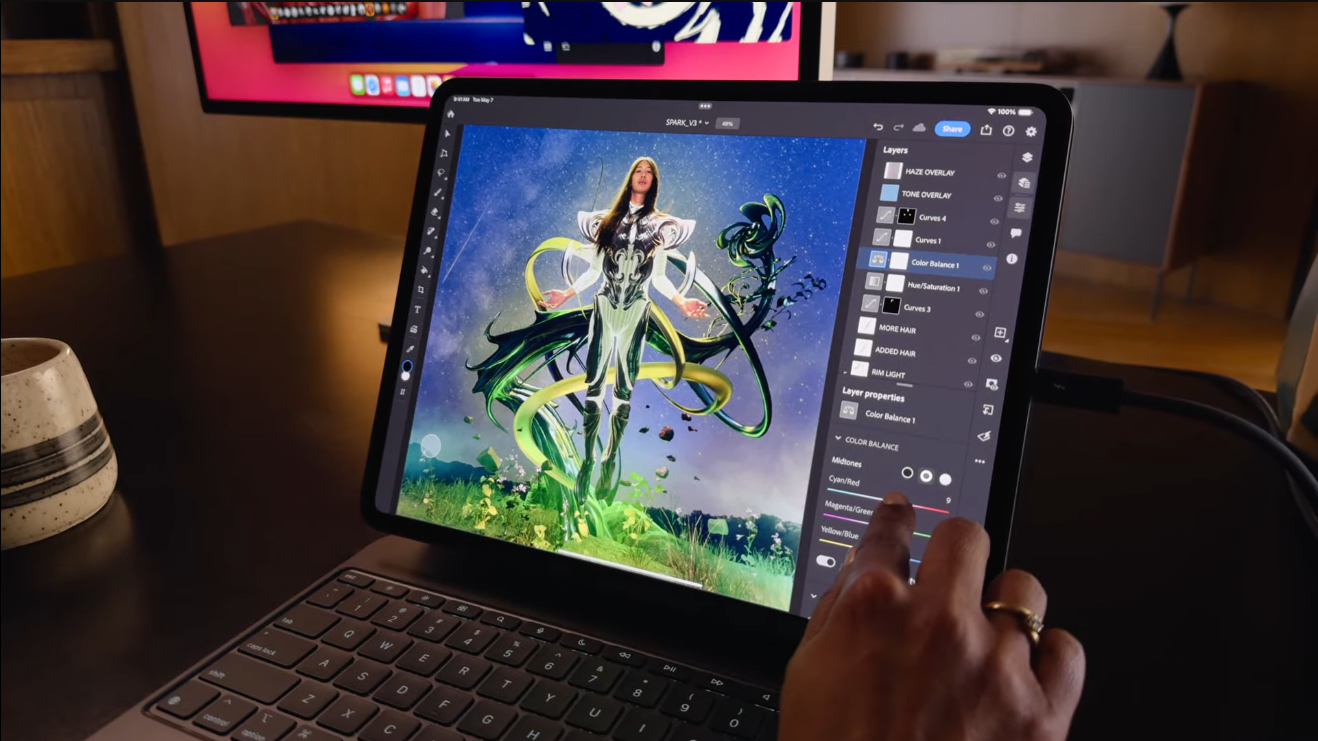
The Apple M4 comes with up to a 10-core CPU consisting of four performance cores and six efficiency cores; this will only be for 1TB and 2TB storage models though as the 256GB and 512GB models get a 9-core CPU instead. Apple claims up to 1.5x faster CPU performance compared to the previous M2 iPad Pro thanks to the new M4. As for its GPU, the 10-core GPU builds on the M3 graphics architecture, with support for Dynamic Caching and hardware-accelerated ray tracing and mesh shading. Rendering performance is now also up to four times faster than the M2 iPad Pro, while overall performance remains more power efficient than ever.

On top of that, the M4 has what Apple claims is their most powerful Neural Engine too. Apple was quick to remind viewers that this is basically what everyone else in the industry is calling an NPU these days. The 16-core Neural Engine is capable of up to 38 trillion operations per second making it 60 times faster than their very first Neural Engine in the A11 Bionic. Together with the next-gen machine learning accelerators in the CPU, Apple claims that the M4 Neural Engine will be more powerful than any rival NPU in the PC side of things.
Thinnest design ever
Despite packing their most advanced display ever along with a brand new processor under the hood, this year’s iPad Pro has been redesigned to not only be their thinnest tablet ever, but also the thinnest product Apple has ever created.
The 11-inch model comes in at just 5.3mm thin, while the 13-inch model somehow gets even thiner at just 5.1mm though Apple does claim that they’ll be just as strong as the previous iPad Pro. The smaller tablet weighs in at just under 450g, while the larger iPad Pro is still over 100g lighter than its predecessor. Both iPad Pro sizes will also be available in Silver and Space Black colour options consisting of recycled aluminium enclosures. The chassis packs batteries offering up to 10 hours of web browsing over WiFi too, along with a four-speaker sound system.
Best camera for scanning documents
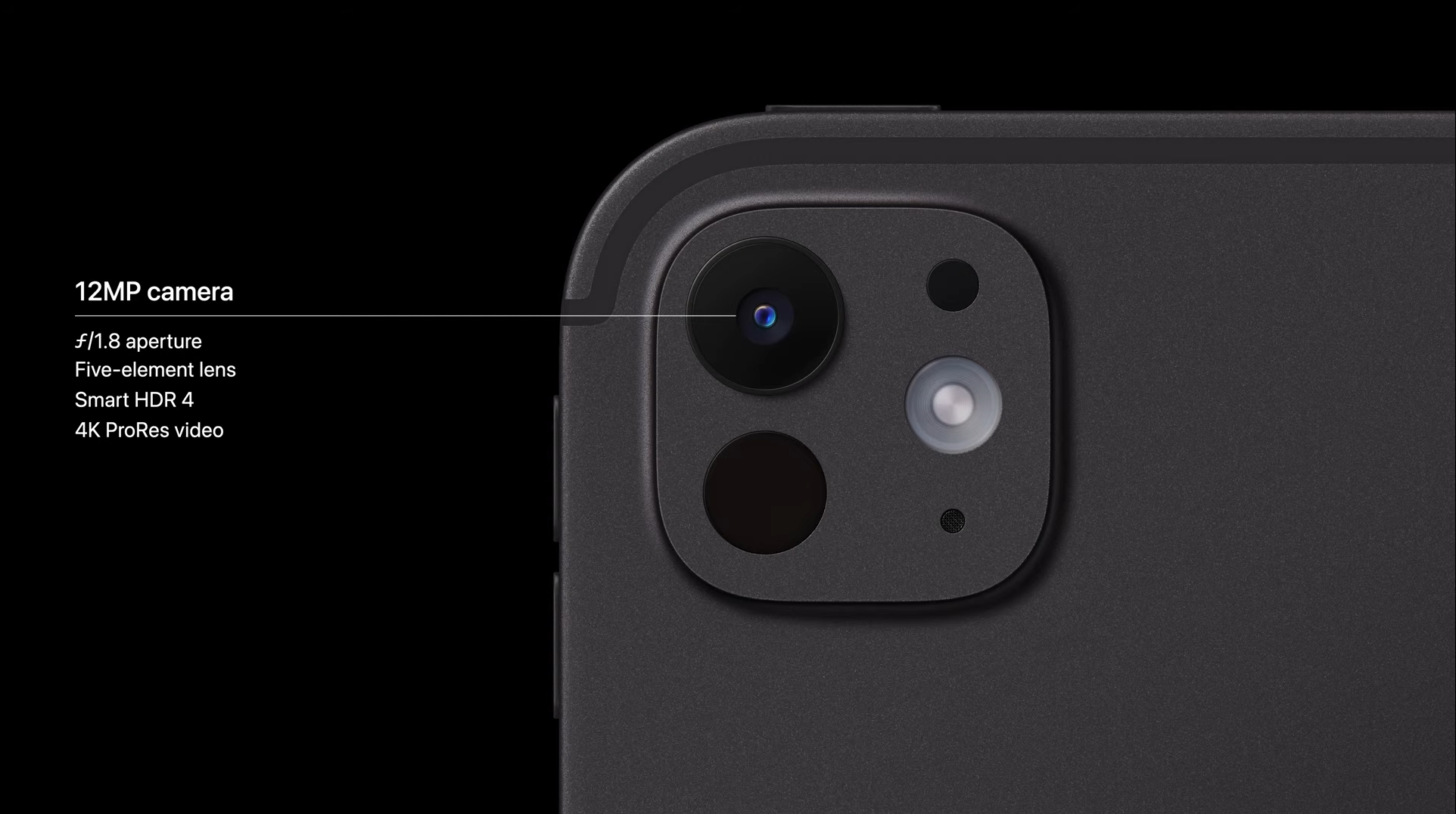
At first glance, the new iPad Pro may seem like a downgrade in the camera department compared to its predecessor. That’s because while the last one came with a dual camera setup, the new iPad Pro only has a single 12MP, f/1.8 camera on the back. However, this updated camera features a new adaptive True Tone flash that makes document scanning better, using AI to detect if shadows are present and automatically taking multiple shots and seaming them together for a better scan.
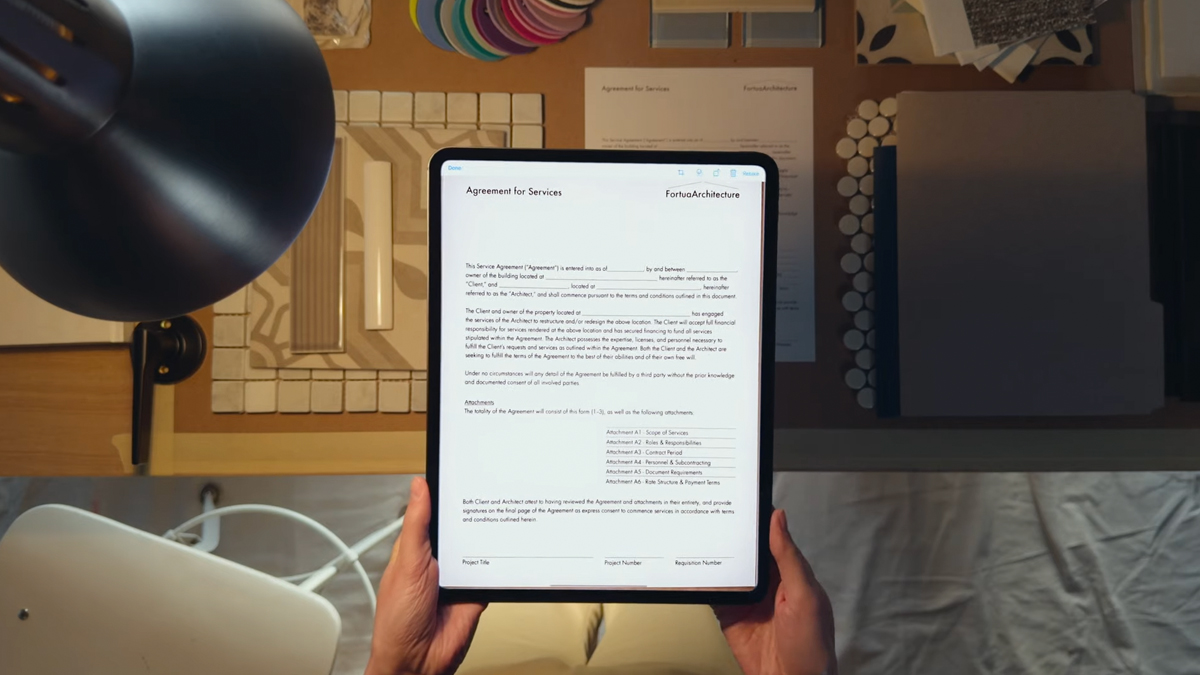
Meanwhile the front 12MP, f/2.4 camera is now moved to the landscape side, with support for Centre Stage for better video conferencing as well as Face ID support and up to 2x zoom out.
Higher base storage, higher price tags
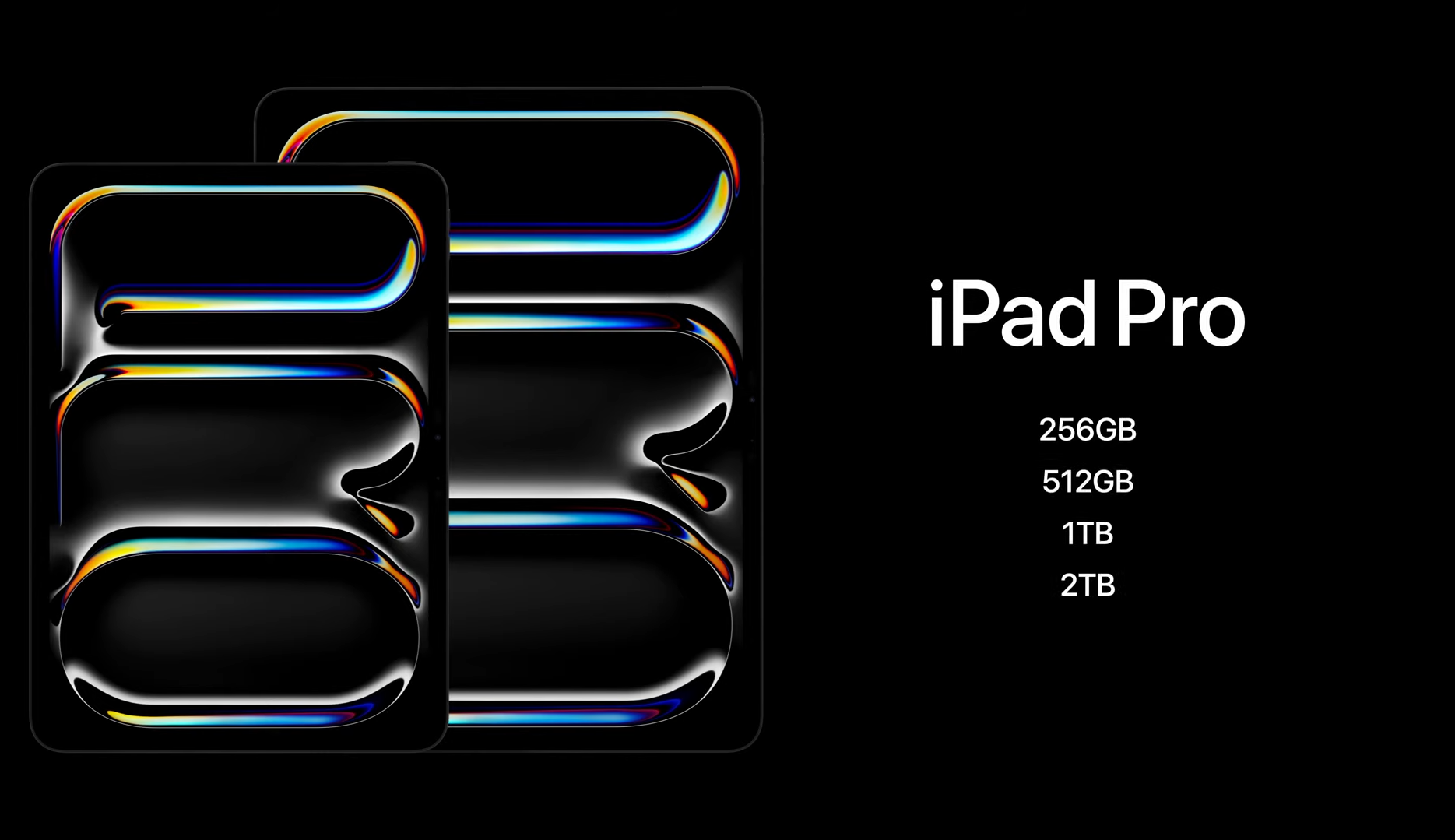
Now for the not so good news about the latest iPad Pro models: they’re really quite expensive. That’s not just because the previous base model storage of 128GB is no more; even when comparing the 256GB options between the new and the previous iPad Pro, the M4 tablet is just significantly pricier. For comparison, the new iPad Pro starts at RM5,299 for the 11-inch model, while the last generation iPad Pro with 256GB of storage went for RM4,399 with the 512GB one priced at RM5,399.
Here’s a full breakdown of the new iPad Pro pricing in Malaysia:
11-inch iPad Pro WiFi
- 256GB – RM5,299
- 512GB – RM6,299
- 1TB – RM8,299
- 2TB – RM10,299
11-inch iPad Pro WiFi + Cellular
- 256GB – RM6,299
- 512GB – RM7,299
- 1TB – RM9,299
- 2TB – RM11,299
13-inch iPad Pro WiFi
- 256GB – RM6,799
- 512GB – RM7,799
- 1TB – RM9,799
- 2TB – RM11,799
13-inch iPad Pro WiFi + Cellular
- 256GB – RM7,799
- 512GB – RM8,799
- 1TB – RM10,799
- 2TB – RM12,799

As for the optional accessories, the new Apple Pencil Pro is available for RM599, while the older Apple Pencil USB-C is available for RM399. The new Magic Keyboard meanwhile is priced at RM1,479 for the 11-inch model with the larger 13-inch one priced at RM1,699. The new Smart Folio on the other hand is priced at RM379 for the smaller size while the larger one is priced at RM479. If you need some pro-grade software with your new tablet, Logic Pro for iPad 2 will be available on the App Store on 13 May for RM22.90 per month or RM199 per year, while Final Cut Pro for iPad 2 will be available later this year for the same subscription fee. The optional nano-texture glass display meanwhile will cost you an additional RM500 and is only available on the 1TB and 2TB models.

